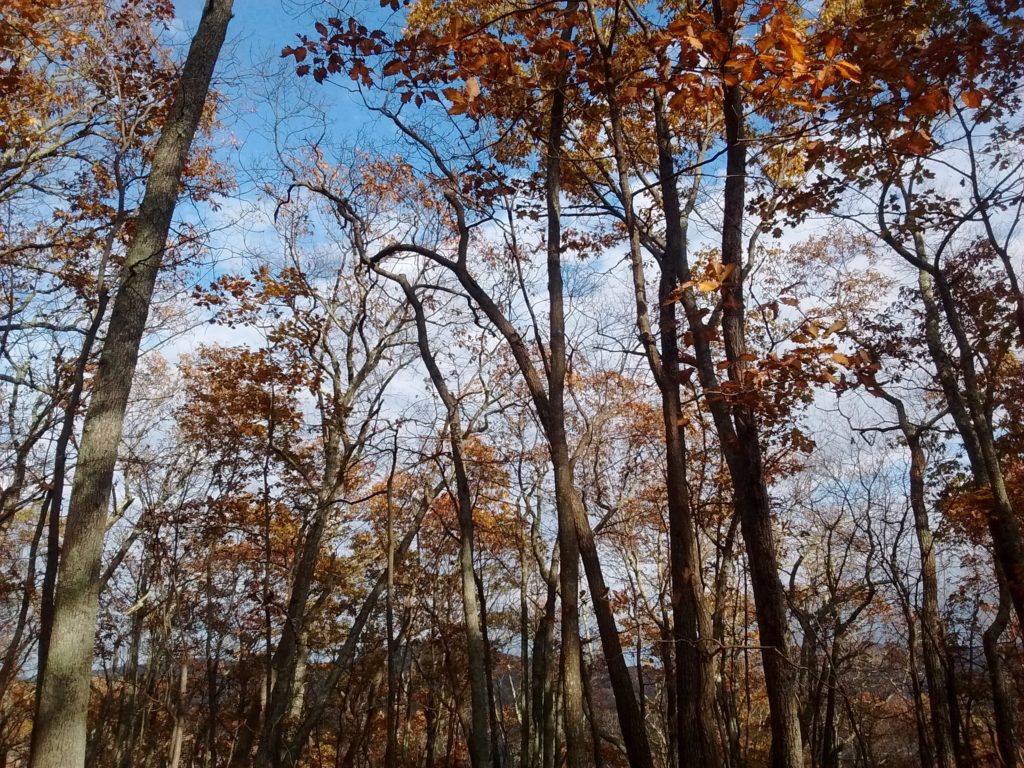In September, two generous landowners donated 128 acres of hilltop forestland in northern New Milford. The property, known as Hallock Hills, is part of the town of New Milford’s early history. The “Ten Rod Road” which traverses northern New Milford from Browns Forge Road to near Lake Waramaug, runs through the property which was part of the original “North Purchase” tract. The North Purchase included over 7,500 acres the colonists purchased from the Potatuck tribe in the early 1700s, around the time that New Milford gained township status. The North Purchase included an area of land between the Housatonic River and Lake Waramaug, a swath about 1.6 miles x 6.5 miles. And a significant portion of the North Purchase was claimed by both Kent and New Milford, with New Milford eventually prevailing.
This newly created nature preserve adds to over 350 contiguous acres protected by Weantinoge, which run from the western shore of Mud Pond to near the top of Rock Cobble Hill, a landmark visible from as far south as Weantinoge’s Smyrski Farm Preserve in Merryall.
Hallock Hills Preserve and other large blocks of forest, unbroken by roads, are important for public recreation, clean water, and wildlife. Familiar animals like bobcats, coyotes, and owls thrive in these large forested areas, as well as lesser known birds like wood thrush, cerulean warbler, and red-shouldered hawks; and plants such as rattlesnake plantain, pink ladyslippers, and Indian pipe. In the property’s vernal pools, we hope to find Jefferson salamanders, which are on the endangered species list, and other amphibians. Protecting these large forests is vital to safeguarding Northwest Connecticut’s land, air, and water for people and wildlife.
In the remaining months of 2018, Weantinoge is working with another eight landowners to conserve an additional 200 acres of forest and farmland in Litchfield County. Much of this land is adjacent to already protected forests and will expand the natural lands permanently conserved. Stay tuned for more conservation success stories to come!

